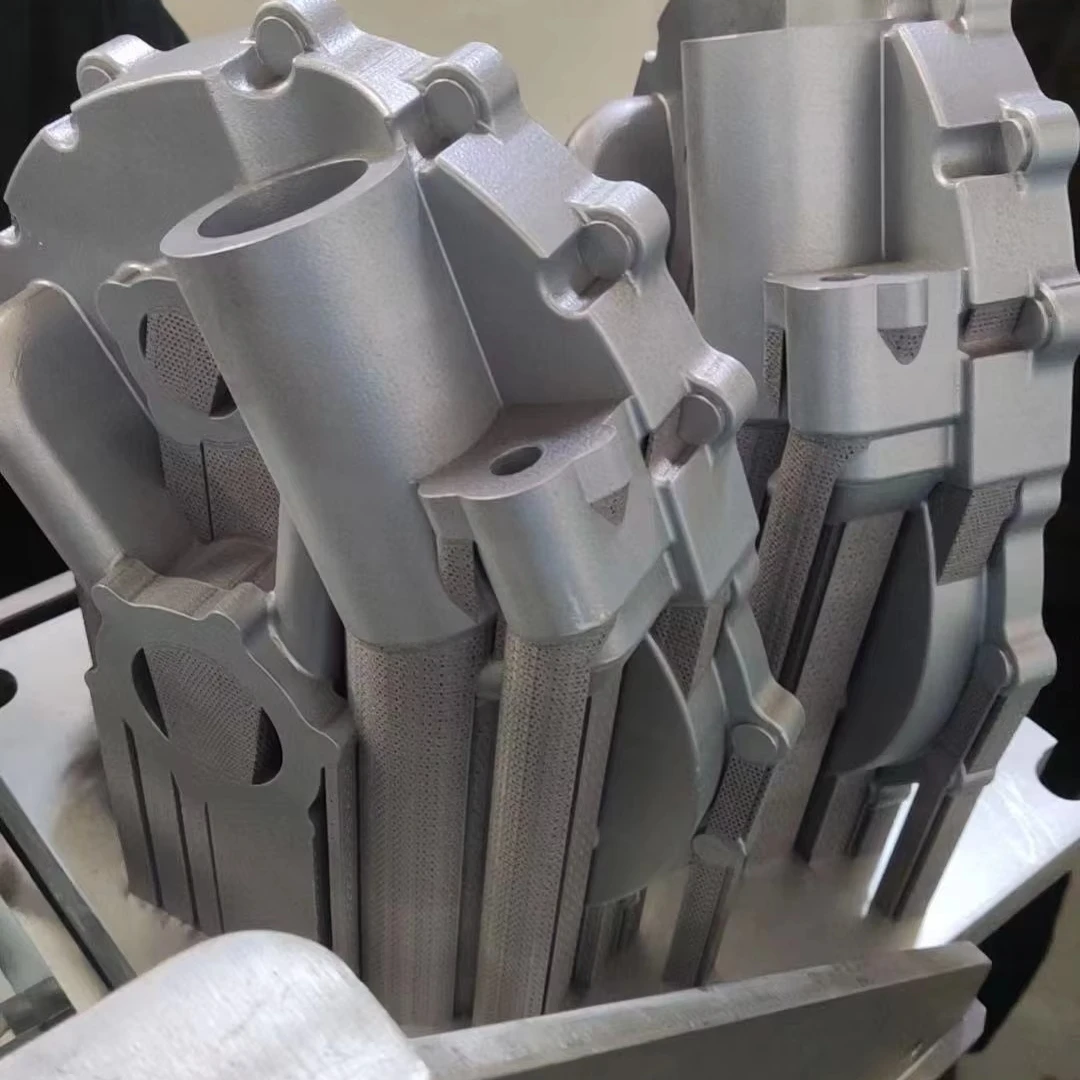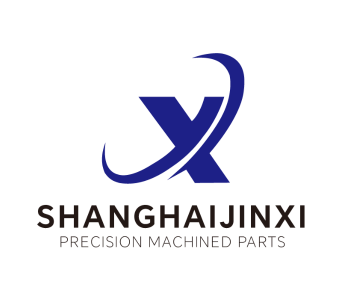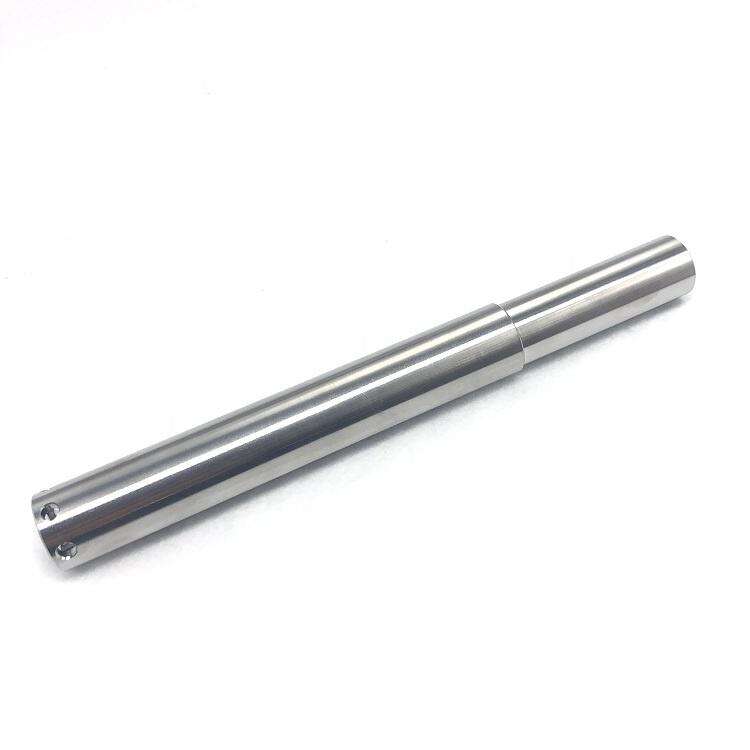Manufacturing technologies have evolved dramatically over the past few decades, with two methods standing out as game-changers in the production landscape. Custom cnc machining and 3D printing have revolutionized how companies approach prototyping, small-batch production, and even large-scale manufacturing. Both technologies offer unique advantages and serve different purposes, yet many businesses struggle to determine which method best suits their specific needs. Understanding the fundamental differences, capabilities, and limitations of each approach is crucial for making informed manufacturing decisions that can significantly impact project timelines, costs, and final product quality.

Understanding Custom CNC Machining Technology
Precision and Material Versatility
Custom cnc machining represents a subtractive manufacturing process where material is systematically removed from a solid workpiece to create the desired shape and dimensions. This computer-controlled technology operates with exceptional precision, typically achieving tolerances as tight as ±0.001 inches or even better depending on the equipment and setup. The process begins with a solid block, bar, or sheet of material, which is then shaped through various cutting tools including end mills, drills, and turning tools. The versatility of materials that can be processed through CNC machining is remarkable, encompassing metals like aluminum, steel, titanium, and brass, as well as plastics, composites, and even ceramics.
The precision capabilities of CNC machining make it particularly valuable for applications requiring tight tolerances and superior surface finishes. Industries such as aerospace, automotive, medical devices, and electronics rely heavily on this technology for critical components where dimensional accuracy is paramount. The repeatability of CNC processes ensures that each part produced meets exact specifications, making it ideal for both prototyping and production runs where consistency is essential.
Speed and Efficiency Considerations
Modern CNC machining centers operate at impressive speeds, with spindle speeds reaching tens of thousands of RPM and rapid traverse rates exceeding 1000 inches per minute. However, the actual production time depends significantly on part complexity, material properties, and required surface finish. Simple parts can often be completed in minutes, while complex geometries with intricate features may require hours of machining time. The setup time for CNC operations, including workholding, tool selection, and program verification, also contributes to the overall production timeline.
Efficiency in CNC machining is optimized through proper programming, tool selection, and cutting parameter optimization. Advanced CAM software helps minimize cycle times while maintaining quality standards. For production runs, the initial setup investment is amortized across multiple parts, making CNC machining increasingly cost-effective as quantity increases. The ability to run unattended during off-hours further enhances productivity and throughput.
Exploring 3D Printing Capabilities
Additive Manufacturing Fundamentals
3D printing, also known as additive manufacturing, builds parts layer by layer from digital files, fundamentally different from the subtractive approach of machining. This technology encompasses various processes including Fused Deposition Modeling (FDM), Stereolithography (SLA), Selective Laser Sintering (SLS), and Direct Metal Laser Sintering (DMLS). Each method offers distinct advantages in terms of material compatibility, surface finish, and geometric complexity. The additive nature allows for the creation of internal geometries, lattice structures, and complex organic shapes that would be impossible or extremely difficult to achieve through traditional machining.
The material options for 3D printing continue to expand rapidly, now including various thermoplastics, photopolymers, metals, ceramics, and even composite materials. Common materials include PLA, ABS, PETG, nylon, TPU for polymers, and aluminum, titanium, stainless steel, and Inconel for metal printing. The choice of material significantly impacts the printing process, post-processing requirements, and final part properties. Understanding material behavior during printing, including shrinkage, warping tendencies, and support requirements, is crucial for successful outcomes.
Design Freedom and Complexity
One of the most compelling advantages of 3D printing is the unprecedented design freedom it offers. Complex internal channels, honeycomb structures, and organic geometries can be produced without additional tooling or setup changes. This capability enables topology optimization, where material is placed only where structurally necessary, resulting in lightweight yet strong components. The layer-by-layer construction process allows for the integration of multiple components into single prints, reducing assembly requirements and potential failure points.
However, this design freedom comes with considerations regarding orientation, support structures, and layer adhesion. Overhangs beyond certain angles require support material, which must be removed post-printing and can affect surface finish. The anisotropic properties of 3D printed parts, where strength varies by direction due to layer bonding, must be considered during design and orientation selection. Understanding these limitations helps designers optimize parts for the 3D printing process while maximizing the technology's unique capabilities.
Material Properties and Performance Comparison
Mechanical Strength and Durability
The mechanical properties of parts produced through custom cnc machining generally exceed those of 3D printed components, particularly when comparing similar materials. CNC machined parts maintain the full material properties of the starting stock, as the machining process does not alter the material's internal structure. This results in isotropic properties, meaning strength characteristics are uniform in all directions. For applications requiring high strength-to-weight ratios, fatigue resistance, or operation under extreme conditions, CNC machined components typically provide superior performance.
3D printed parts, while continuously improving in strength and durability, often exhibit anisotropic properties due to layer-by-layer construction. The bond between layers can be weaker than the material within each layer, creating potential failure points along layer boundaries. However, recent advances in printing technologies and materials have significantly reduced this disparity. High-performance 3D printing materials like PEEK, carbon fiber composites, and metal powders can produce parts with mechanical properties approaching or even exceeding traditionally manufactured components in specific applications.
Surface Finish and Post-Processing Requirements
CNC machining typically produces superior surface finishes directly from the manufacturing process, with surface roughness values as low as 0.1 μm achievable through proper tooling and cutting parameters. The quality of CNC machined surfaces often eliminates or minimizes post-processing requirements, depending on the application. When additional finishing is needed, traditional methods like grinding, polishing, or coating can be readily applied to the machined surfaces.
3D printed parts generally require more extensive post-processing to achieve comparable surface finishes. Layer lines, support material removal, and surface imperfections are common characteristics that may need attention. Post-processing methods for 3D printed parts include sanding, chemical smoothing, vapor polishing, and machining of critical surfaces. The extent of post-processing required depends on the printing technology, layer height, part orientation, and final application requirements. While this adds time and cost to the 3D printing process, the results can achieve excellent surface quality when properly executed.
Cost Analysis and Economic Considerations
Initial Investment and Equipment Costs
The initial investment for custom cnc machining equipment varies significantly based on machine size, capability, and precision requirements. Entry-level CNC machines suitable for prototyping and small parts can cost tens of thousands of dollars, while high-precision machining centers for production applications may require investments of several hundred thousand dollars or more. Additional costs include tooling, workholding fixtures, CAM software, and facility requirements such as proper foundations and environmental controls.
3D printing equipment costs have decreased dramatically over recent years, with desktop printers available for under a thousand dollars and industrial-grade systems ranging from tens of thousands to several hundred thousand dollars for metal printing systems. The relatively lower entry barrier for 3D printing makes it accessible to smaller businesses and individual users. However, the cost per part can vary significantly depending on material selection, print time, and post-processing requirements.
Production Volume Impact on Costs
Production volume significantly influences the cost-effectiveness of each manufacturing method. CNC machining benefits from economies of scale, where setup costs are amortized across multiple parts, making it increasingly cost-effective for larger production runs. The material utilization efficiency improves with optimized nesting and programming, reducing waste and overall costs. For high-volume production, the speed and consistency of CNC machining often provide the best cost per part.
3D printing costs are less sensitive to production volume since each part requires similar print time and material regardless of quantity. This makes 3D printing particularly attractive for low-volume production, prototyping, and mass customization applications. The ability to print multiple different parts simultaneously in a single build also provides flexibility that traditional manufacturing methods cannot match. However, for large quantities of identical parts, the cumulative print time can make 3D printing less economical than machining.
Application-Specific Selection Criteria
Prototyping and Product Development
For prototyping applications, 3D printing often provides significant advantages in terms of speed to market and design iteration flexibility. The ability to quickly modify digital files and produce updated prototypes within hours makes 3D printing invaluable during the product development phase. Design changes that would require new tooling or fixture modifications in CNC machining can be implemented immediately in 3D printing. This rapid iteration capability accelerates the development process and reduces overall development costs.
However, when prototypes need to accurately represent the mechanical properties and surface finish of production parts, CNC machining may be the better choice. Prototypes machined from the same material as the intended production parts provide more reliable performance data and better validation of design decisions. The choice between methods often depends on the prototype's intended purpose, whether for form and fit evaluation, functional testing, or market validation.
Production and Manufacturing Considerations
Production applications require careful consideration of volume, complexity, material requirements, and quality standards. CNC machining excels in scenarios requiring high precision, superior surface finish, and consistent mechanical properties across large quantities. Industries such as aerospace, automotive, and medical devices often mandate CNC machining for critical components due to these quality characteristics and material certification requirements.
3D printing finds its production niche in low-volume, high-complexity applications where traditional manufacturing would be prohibitively expensive or impossible. Customized medical implants, aerospace brackets with internal cooling channels, and specialized tooling represent ideal 3D printing applications. The technology also enables distributed manufacturing models where parts can be printed on-demand closer to the point of use, reducing inventory and logistics costs.
Future Trends and Technology Evolution
Advancing CNC Capabilities
CNC machining technology continues to evolve with improvements in machine tool design, cutting tool materials, and control systems. Multi-axis machining centers now routinely feature 5-axis simultaneous cutting, enabling the production of increasingly complex geometries in single setups. Advanced cutting tools with specialized coatings and geometries allow for higher cutting speeds and extended tool life, improving productivity and reducing costs.
Automation integration is transforming CNC operations through robotic loading systems, automated tool changers, and intelligent monitoring systems. These advances reduce labor requirements and enable lights-out manufacturing for appropriate applications. Predictive maintenance systems using sensors and machine learning algorithms help optimize machine utilization and prevent unexpected downtime, further improving the economic case for CNC machining.
3D Printing Innovation Trajectory
3D printing technology is advancing rapidly across multiple fronts, including new materials, faster printing speeds, and improved precision. Continuous Liquid Interface Production (CLIP) and other high-speed printing technologies are dramatically reducing print times while maintaining quality. Multi-material printing capabilities allow for the creation of parts with varying properties within a single component, opening new design possibilities.
Metal 3D printing is becoming increasingly viable for production applications with improvements in powder quality, process control, and post-processing techniques. The ability to print parts with internal cooling channels, complex lattice structures, and integrated features makes metal 3D printing attractive for high-value applications where the technology's unique capabilities justify the costs. As printing speeds increase and costs decrease, the economic viability of 3D printing for larger production volumes continues to improve.
FAQ
What factors should I consider when choosing between custom CNC machining and 3D printing for my project?
The primary factors to consider include production volume, part complexity, material requirements, precision tolerances, surface finish specifications, and timeline constraints. CNC machining typically offers better mechanical properties and surface finish for traditional materials, while 3D printing excels at complex geometries and rapid prototyping. Budget considerations and required certifications also play important roles in the decision-making process.
Can 3D printing achieve the same precision and surface finish as CNC machining?
While 3D printing technology has improved significantly, CNC machining generally still provides superior precision and surface finish capabilities. High-end 3D printers can achieve tolerances of ±0.05mm and good surface finishes, but CNC machining routinely achieves ±0.01mm tolerances and mirror-like surface finishes. However, for many applications, the precision and finish quality of modern 3D printing are entirely adequate.
Which method is more cost-effective for low-volume production runs?
For low-volume production runs, typically under 100 parts, 3D printing often provides better cost-effectiveness due to eliminated tooling costs and setup time. The cost per part remains relatively constant regardless of quantity in 3D printing, while CNC machining setup costs must be amortized across fewer parts. However, if parts require extensive post-processing or use expensive materials, CNC machining might be more economical even at low volumes.
How do lead times compare between custom CNC machining and 3D printing?
3D printing typically offers shorter lead times for prototypes and low-volume parts, especially for complex geometries that would require extensive programming and setup in CNC machining. Simple parts can often be printed within hours of file completion. CNC machining lead times depend on shop capacity, part complexity, and tooling requirements, but can be very fast for simple parts once programming and setup are complete. For production quantities, CNC machining often provides faster throughput per part.
Table of Contents
- Understanding Custom CNC Machining Technology
- Exploring 3D Printing Capabilities
- Material Properties and Performance Comparison
- Cost Analysis and Economic Considerations
- Application-Specific Selection Criteria
- Future Trends and Technology Evolution
-
FAQ
- What factors should I consider when choosing between custom CNC machining and 3D printing for my project?
- Can 3D printing achieve the same precision and surface finish as CNC machining?
- Which method is more cost-effective for low-volume production runs?
- How do lead times compare between custom CNC machining and 3D printing?

